Firing is the most critical part of the ceramics process because it is the one thing that makes clay durable. Because electric pottery kilns are readily available and simple to install. Firing and electric kilns are related but different concepts in the world of ceramics.
Three Ways to Fire an Electric Kiln (Oxidation)
Heat the kiln to around 1650°F with open vents for full oxidation Partially close the kiln vents to restrict air flow between 1650-2200°F. This removes oxygen Fire from 2200°F down to 1900°F or lower in full reduction (vents closed) Open vents fully until the kiln cools to avoid re-oxidizing the work.
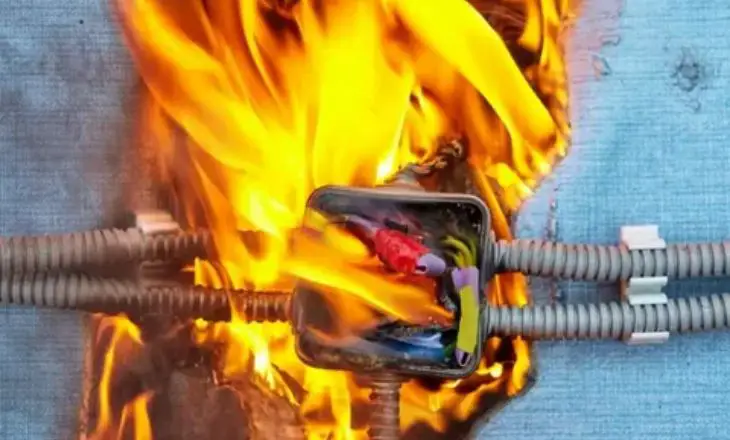
Kiln Sitter
A kiln sitter is a mechanical device used with manual kilns to control the firing process and ensure the kiln automatically shuts off at a predetermined temperature.
They work by utilizing small pyrometric cones, which are triangular-shaped pieces made from a temperature-sensitive material. These cones soften and bend at specific temperatures.
How To Kiln Sitter Works
- Components: It consists of a control box located outside the kiln and a sensing rod with a pyrometric cone positioned inside the kiln.
- Pyrometric Cone: This is a small cone made from a special material that bends or melts at a specific temperature. You choose a cone that corresponds to the desired final firing temperature for your pottery.
- Operation: You place the chosen cone on a holder inside the kiln, with the sensing rod resting on its tip. As the kiln heats up, the cone will eventually soften and bend at its designated temperature.
- Shutting off the Kiln: The bending cone triggers a lever mechanism in the control box, which cuts off power to the kiln’s heating elements. This ensures your pottery isn’t overfired, which can cause damage or warping.
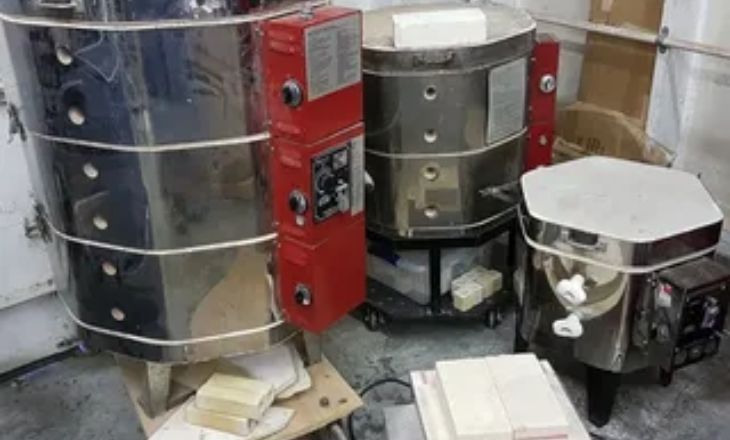
Manually
Firing a kiln manually is possible, although it requires more attention and experience compared to using an electronic controller. Here’s what you need to know about manually firing an electric kiln:
- Always consult your kiln’s manual for specific instructions and safety precautions.
- Never leave a firing kiln unattended.
- Ensure proper ventilation to avoid inhaling fumes.
- Wear appropriate safety gear like gloves and eye protection.
Electronic Controller
An electronic kiln controller is a computerized device that automates the firing process in an electric kiln. Compared to manual firing with kiln sitters, electronic controllers offer several advantages:
- Programmable Schedules: You can program multi-stage firing schedules with precise temperature adjustments, hold times, and cool-down rates. This ensures consistent results and reduces the risk of firing errors.
- Digital Readouts: Real-time temperature readings and visual representations of the firing schedule provide accurate monitoring and control.
Types Of Electric Controllers
- Basic controllers: These offer essential features like temperature and time settings, but they have limited programming options.
- Advanced controllers: These provide more sophisticated programming capabilities, allowing you to create multi-segment firing schedules with precise control over ramp rates and hold times at different temperatures. Some may also offer features like data logging and computer connectivity.
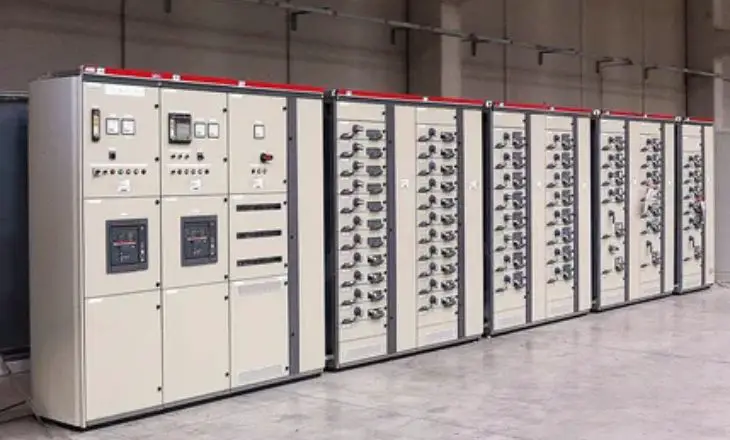
Electronic Computerized Controller
An electronic computerized kiln controller, also known simply as an electronic kiln controller, is exactly what it sounds like – a computer attached to your electric kiln that manages the firing process. It offers a significant upgrade over the older, manual methods using kiln sitters.
An electric kiln firing schedule refers to the specific program of temperature adjustments over time used to achieve the desired outcome in your kiln. Firing an electric kiln involves carefully heating your ceramic pieces to a specific temperature for a set amount of time. This process transforms the clay into a strong, finished piece
Selecting And Maintaining Kiln Shelves | Firing and electric kilns
Selecting and maintaining kiln shelves are crucial aspects of achieving successful and safe firings in your electric kiln. Here’s a guide to help you choose the right shelves and keep them in good condition:
Material
- Cordierite: The most common choice, offering good thermal shock resistance, lightweight construction, and affordability. Ideal for low to medium-temperature firings and lighter-weight pottery.
- Alumina: More expensive but highly durable, withstanding high temperatures and heavy pieces. A good choice for high-fire ceramics and stoneware.
- Hexoloy: Similar properties to alumina but even more robust, making it suitable for very high-temperature firings and the most demanding applications.
Bisque Firing
Bisque firing involves heating bone-dry clay objects in a kiln to a specific temperature range, typically between 1650-1940°F (900-1060°C). This process transforms the fragile clay into a more durable and porous ceramic material called “bisque ware.”A typical bisque firing schedule for cone 04 (approximately 2000 or 1093°C) in an electric kiln with a digital controller.
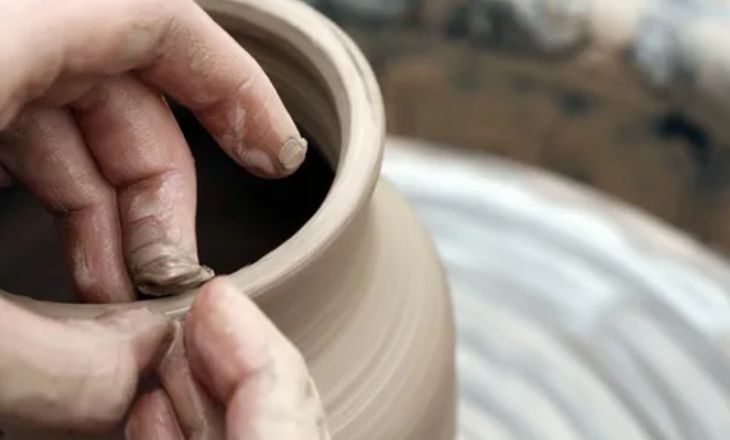
Bisque firing is the first firing process in ceramics, where unfired clay creations transform into a more durable form called bisque. Bisque ware is still porous, which allows for proper glaze adhesion in the subsequent glaze firing.
A bisque firing schedule refers to the specific temperature adjustments over time that your kiln follows to transform raw clay into bisque ware. This process hardens the clay but doesn’t reach the high temperatures required for glaze firing.
Glaze Firing
Glaze firing is the second and final firing stage for most glazed ceramic pottery pieces. It follows the bisque firing, where the shaped clay becomes a strong but porous bisque ware.
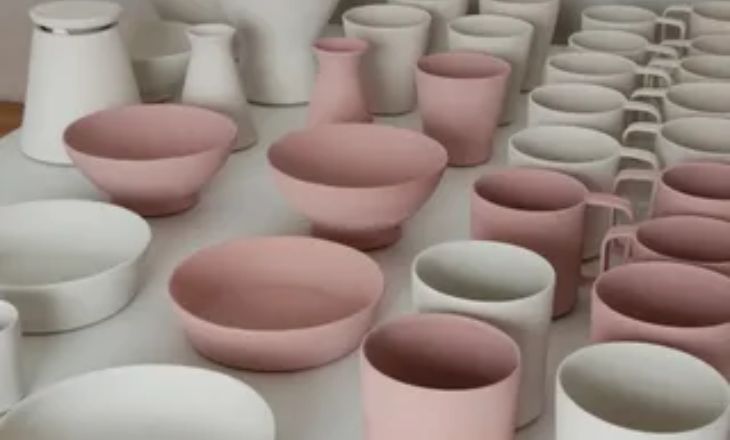
Glaze firing is a kiln’s second and final stage of firing pottery. The first firing called a bisque firing, removes moisture from the clay but doesn’t reach high enough temperatures to melt the glaze. Glaze firing heats the pottery to a high enough temperature (depending on the type of clay and glaze) to melt the glaze, transforming it into a glassy coating that bonds to the ceramic body. This process makes the pottery waterproof, strengthens it, and creates a decorative finish.
General Firing Tips
Here are some general firing tips to ensure successful and enjoyable ceramic creations:
- Know your clay: Always refer to your clay manufacturer’s recommendations for drying time and appropriate firing temperatures (bisque and glaze). Different types of clay have different firing needs.
- Bone dry is key: Ensure your pottery is completely bone dry before firing. Any leftover moisture can cause explosions in the kiln due to rapid steam generation.
- Cleanliness matters: Remove any dust, fingerprints, or debris from your pottery before firing. This helps prevent imperfections on the finished piece.
Conclusion
Firing is the process of transforming shaped clay objects into permanent and usable ceramics. Electric kilns are popular choices for firing due to their ease of use, precise control, and safety compared to fuel-burning kilns.
With the firing process, the advantages of electric kilns, and following proper firing techniques, you can achieve successful and beautiful ceramic creations. Remember, practice and patience are key elements in mastering the art of ceramic firing.
FAQs
What temperature is a cone firing Chart?
Pottery firing ranges are low, mid, and high-fire, with temperatures ranging from 1,700°F (Cone 04-06) to as high as 2,700°F (Cone 9-10).
What is the firing range of cone 06?
This refers to the medium temperature oxidation range (or middle fire) that most potters work in using electric kilns. Orton cone 6 fires to about 2200F (or 1200C).
What does a kiln do?
kiln, oven for firing, drying, baking, hardening, or burning a substance, particularly clay products, but also grain and meal. The brick kiln was a major advance in ancient technology because it provided a stronger brick than the primitive sun-dried product.
